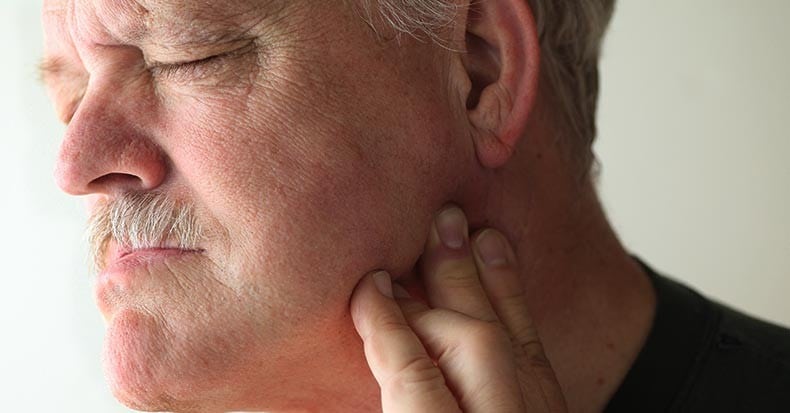Temporomandibular disorders are problems that affect the jaw joint. It is a condition that produces a lot of pain and reduces the movement of the jaw joint. There are a lot of different cases of TMD, but most of the time, it can go away with the appropriate treatment.
What is the temporomandibular joint?
The jaw joint is located on the side of your face, in front of your ear, near the temple. This joint is the temporomandibular joint, and it is known as TMJ. The problem affecting this joint is known as TMD. The jaw joint is flexible and allows you to speak, eat, yawn, and chew. Inside the joint the is cartilage, which is made out of a smooth material, covering part of the bone. The joint is lubricated by the synovial fluid, which is a lubricant.
The symptoms of TMD
People who suffer from temporomandibular joint disorder can experience the following symptoms, including:
- Pain in the area of the joint. The pain is most of the time located in front of the ear and spread to the cheek, ear, and temple.
- A reduced jaw movement. You may feel a general tight feeling and the sensation that the jaw is stuck. There are some cases where people get their jaw “locked” making it difficult to open and close the mouth.
- Clicking noises that come from the jaw joint when you move your mouth or when you chew. Some noises are normal if you don’t experience any other TMD symptoms, like pain and reduced movement.
- Some people develop some ear symptoms because the ear is really close to the jaw joint, such as:
- Sensitivity to sound
- Noise in the ear
- Dizziness (vertigo)
Causes of TMD
The TMD disorder can be generated by a large number of factors that contribute to the cause. The factors are grouped into two broad categories:
- Problems that are linked to the muscles in charge of the joint
- Problem inside the joint
The muscle problems
- Tension of the jaw muscles. This can be the result of you clenching your teeth during sleep. Some people also clench their teeth during the day, due to stress or anxiety.
- Overuse of the jaw muscles, as a result of chewing gum and biting nails
- Increased sensitivity to pain.
Problems in the joint
- Tear and wear inside the joint. This is the result of the wear and tear to a cartilage inside the joint.
- Certain types of arthritis
- Injury to the TMJ or the cartilage disc
The treatment for TMD
Most of the cases are resolved with simple treatment, like taking painkillers and resting the joint. To relax the joint, you can keep the teeth slightly apart and with the tongue relaxed on the bottom of your mouth. You need to eat soft food for a short period and avoid chewing gum. Improving your posture while sitting at the desk and in front of the computer will also help a lot.
Sometimes, TMD is the result of a misalignment of your teeth. Because of that, you should visit your dentist and find the cause of your problem.

